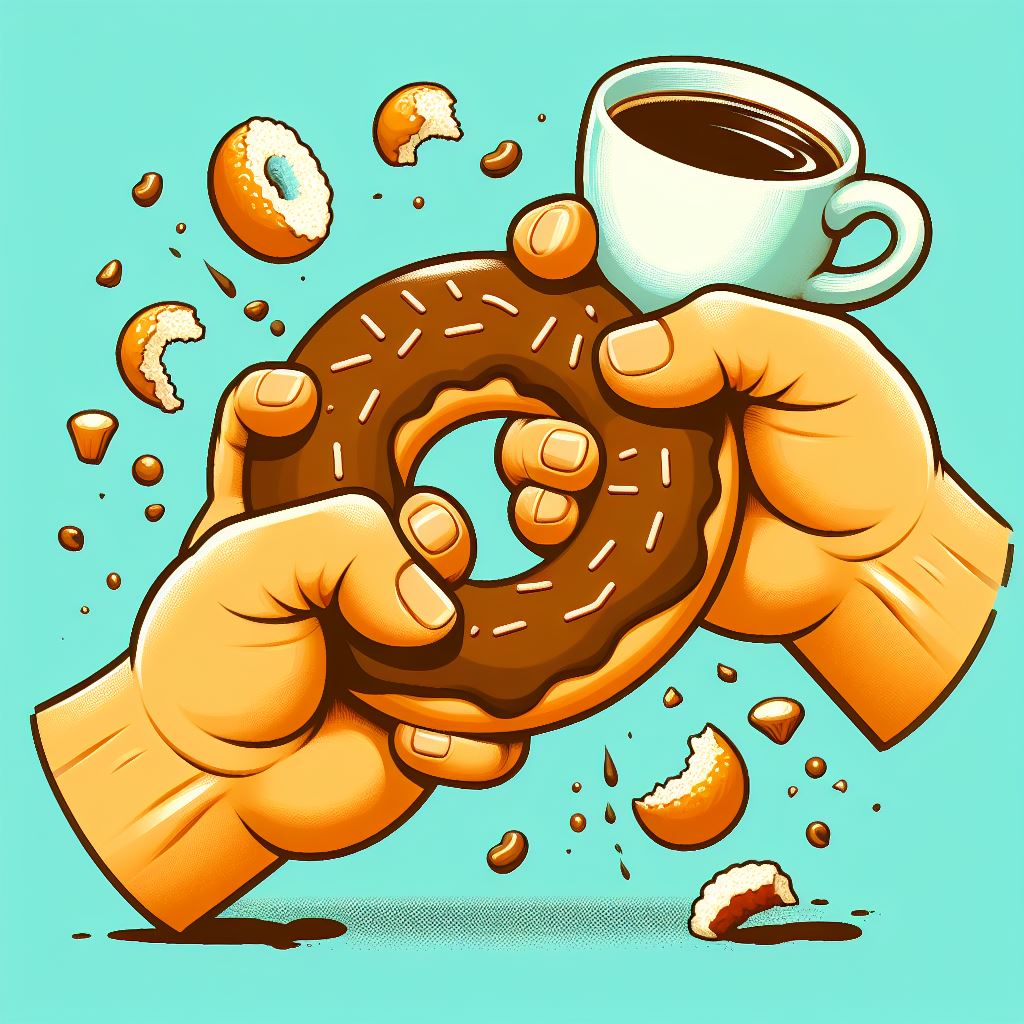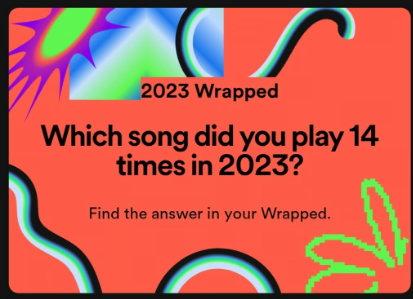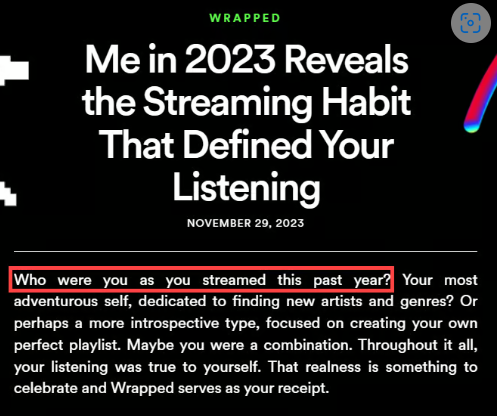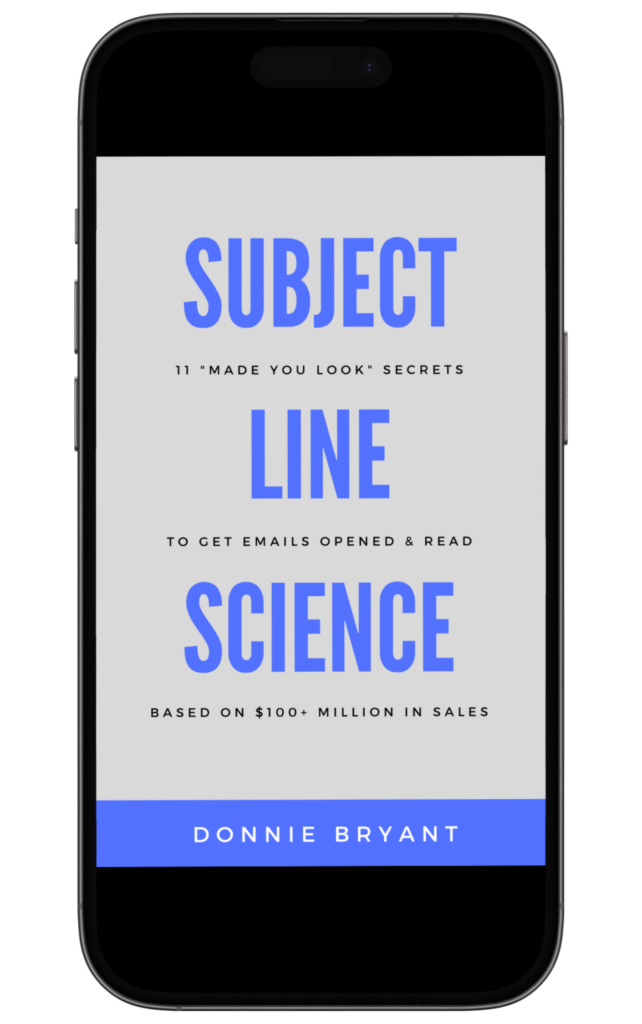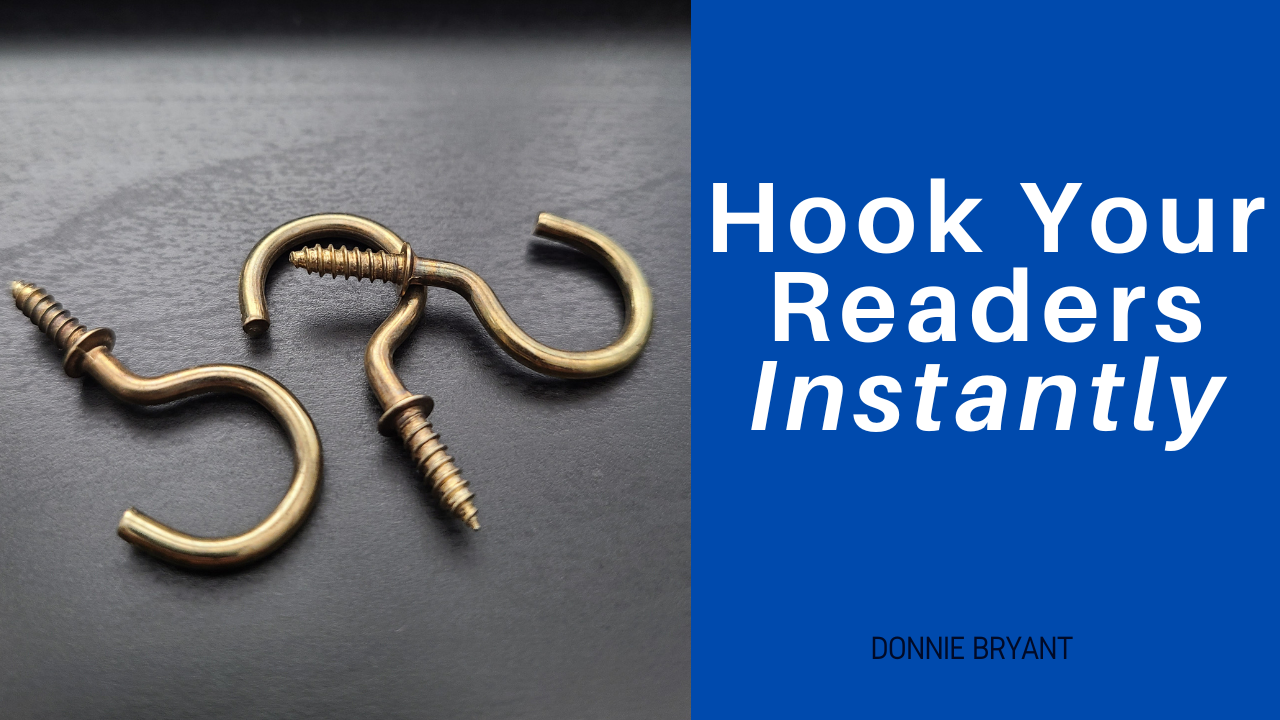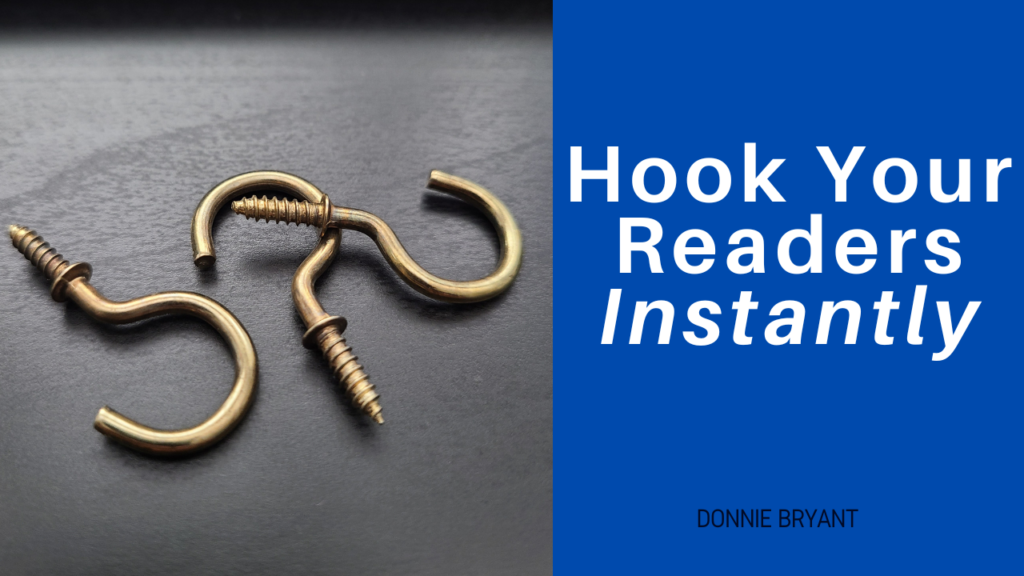In many cases, the struggle isn’t a lack of topics to talk about.
It’s figuring out which of the dozens of possibilities you should write about today.
There’s one ultra-helpful filter you that can help you make that choice. I’ll illustrate with an example from last week.
The mail carrier dropped Valpak in my mailbox on Tuesday. If you’re not familiar, Valpak is a collection of ads/coupons from local businesses. Goes to every residence in selected zip codes.
You get offers from restaurants, cleaning services, auto mechanics, whoever wants to pay to insert their ad in the mailing.
I’m a nerd, so I enjoy looking through ads.
Got this from a bank with a branch down the street from my house…

Nice offer, right? Anyone looking for a new checking account may be tempted.
Problem is, the very next ad is from another bank in the neighborhood…
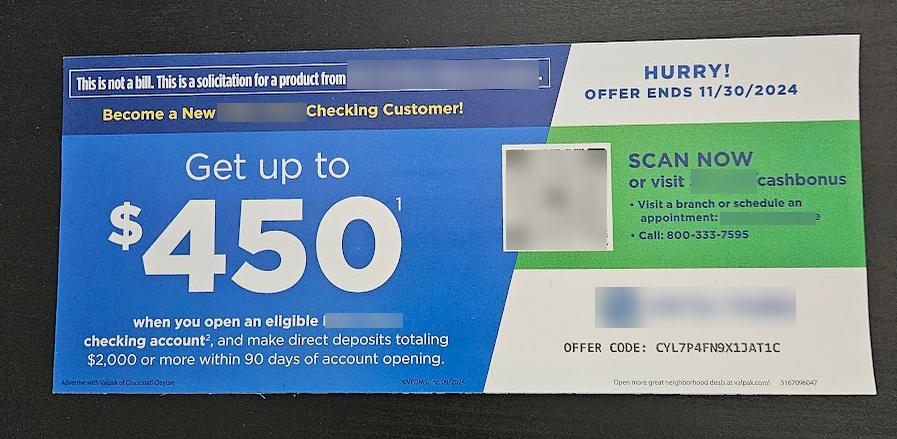
At first glance, it looks like a stronger offer by 50%. And depending on your specific situation, it may be a better choice.
How many homeowners completely forgot about the previous ad?
They’re even visually similar, so there’s no good reason for the first one to hold onto real estate in your memory.
So perhaps the second ad has the advantage. But there’s another problem.
Valpak arrived on Tuesday.
Here’s a self-mailer that landed in our mailboxes on Monday…
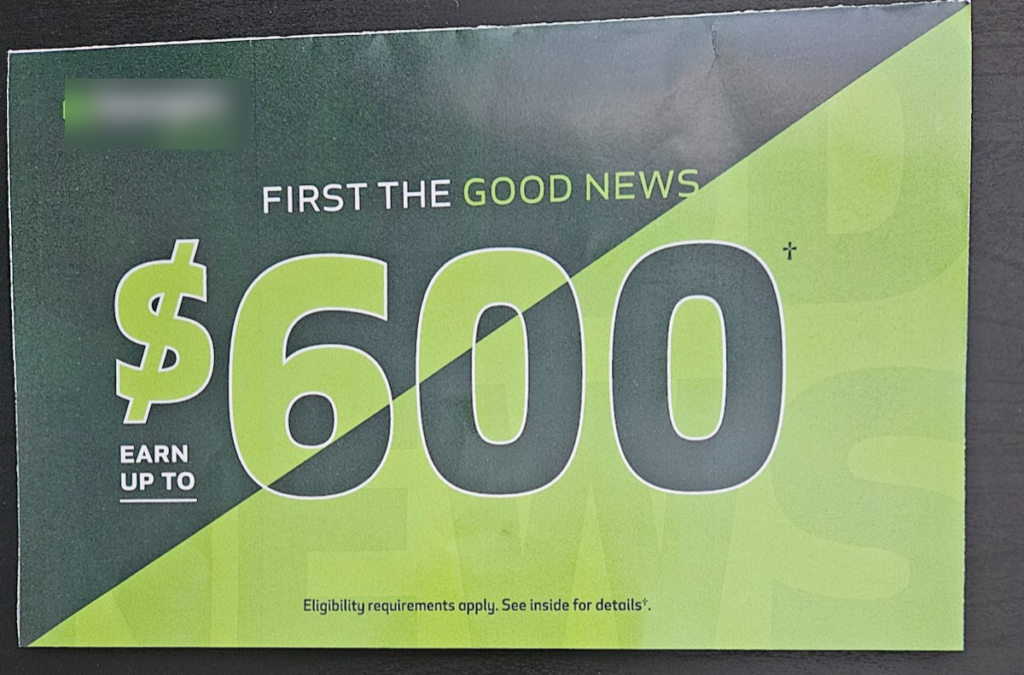
See what’s happening here?
Everyone’s doing the same thing! These ads don’t hint at anything different about the banks making the offer.
It’s very difficult to win under these circumstances. And advantage you get may not be sustainable over time.
Don’t get into this kind of competition!
Make your messages (and offers) different. Make them uniquely YOU.
It’s much harder for the competition to undercut you or rip off your idea.
That’s the filter. When you’re deciding what to write your email newsletter about, try not to say what everyone else is saying.
That includes just sending out market updates.
Want some more specifics? Here are 3 ideas you can use to pick unique and compelling ideas for your future newsletters:


